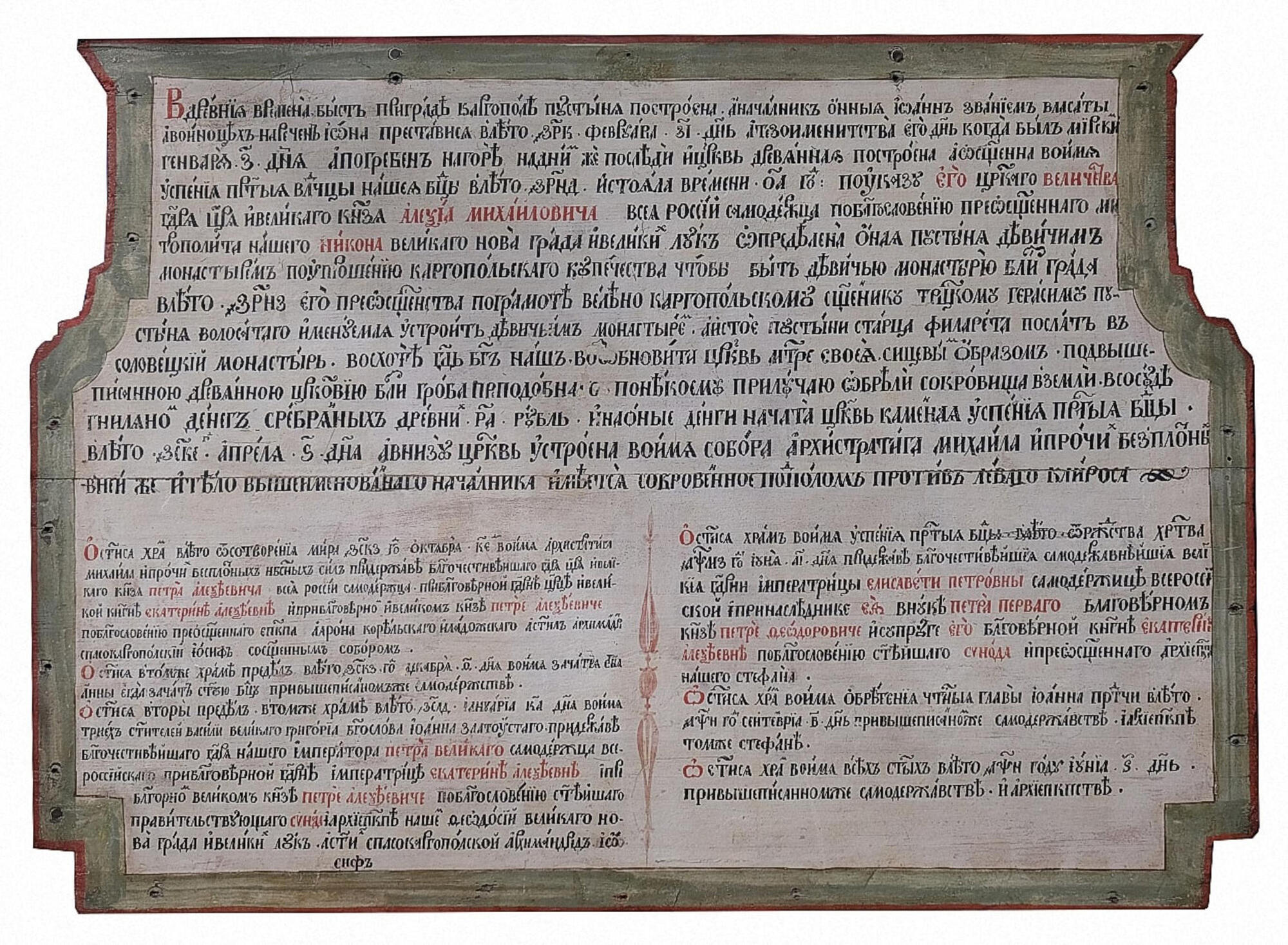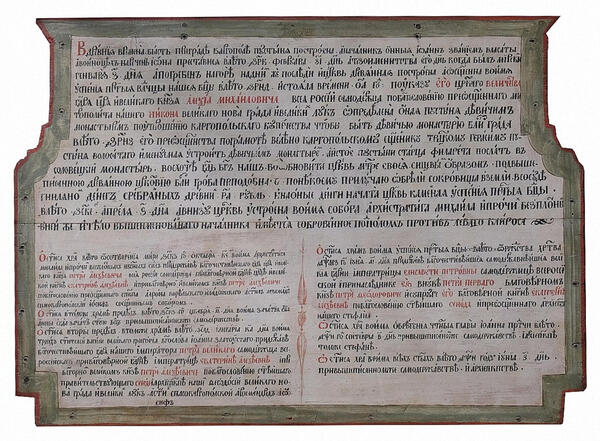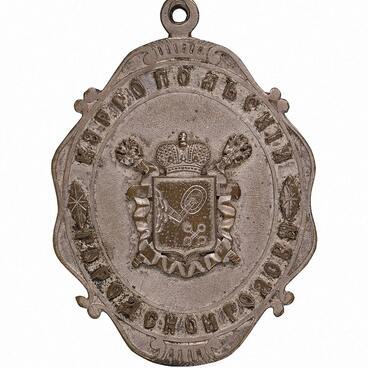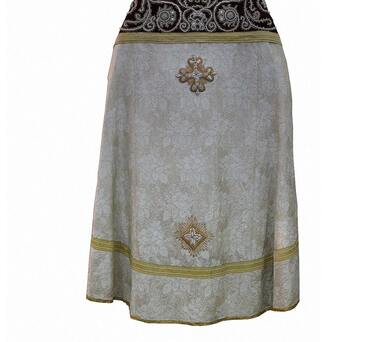In 1929, when the Assumption Convent was closed, the Kargopol Museum received several items from it. Among them was a wooden ornately-shaped cartouche board with an inscription. This item was not mentioned in the inventory, but the museum employees were able to find out that the board used to be in the house of the prioress.
The board is outlined in green. There is a handwritten text on a white background in black ink and cinnabar — bright red mercury-based pigment.
The narrative is divided into three parts: in the upper half, there are 14 full-width lines, the lower half of the text is divided into two columns of 16 and 12 lines.
The board describes a brief history of the convent. At first, it was a monastery on the left bank of the Onega River near Kargopol. It was founded by John the Hairy, who was also known as Jonah. The monk passed away in February 1612 and was buried on the mountain.
There never were many people at the monastery, and about 40 years later there was only one monk left there. Then the Kargopol merchants asked Metropolitan Nikon of Novgorod to convert the monastery into a convent. In 1649, the charter of transformation came into force. According to some sources, the townspeople turned to the metropolitan for the second time: shortly before becoming a patriarch, the metropolitan traveled through Kargopol to Moscow with the relics of Saint Philip II (Kolychev). That was how the monastery became the Assumption Convent, which is believed to have been opened in the period from 1649 to 1652.
The board is outlined in green. There is a handwritten text on a white background in black ink and cinnabar — bright red mercury-based pigment.
The narrative is divided into three parts: in the upper half, there are 14 full-width lines, the lower half of the text is divided into two columns of 16 and 12 lines.
The board describes a brief history of the convent. At first, it was a monastery on the left bank of the Onega River near Kargopol. It was founded by John the Hairy, who was also known as Jonah. The monk passed away in February 1612 and was buried on the mountain.
There never were many people at the monastery, and about 40 years later there was only one monk left there. Then the Kargopol merchants asked Metropolitan Nikon of Novgorod to convert the monastery into a convent. In 1649, the charter of transformation came into force. According to some sources, the townspeople turned to the metropolitan for the second time: shortly before becoming a patriarch, the metropolitan traveled through Kargopol to Moscow with the relics of Saint Philip II (Kolychev). That was how the monastery became the Assumption Convent, which is believed to have been opened in the period from 1649 to 1652.




